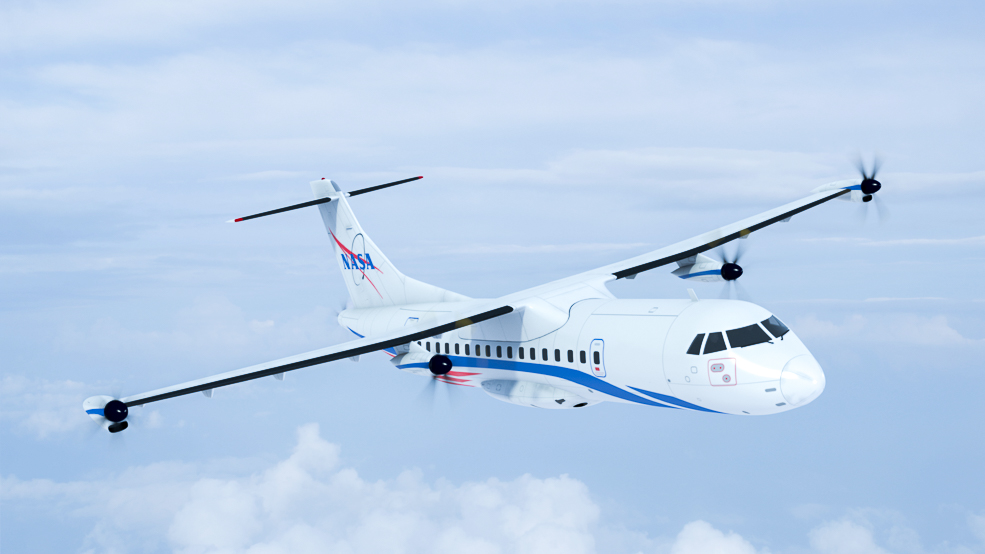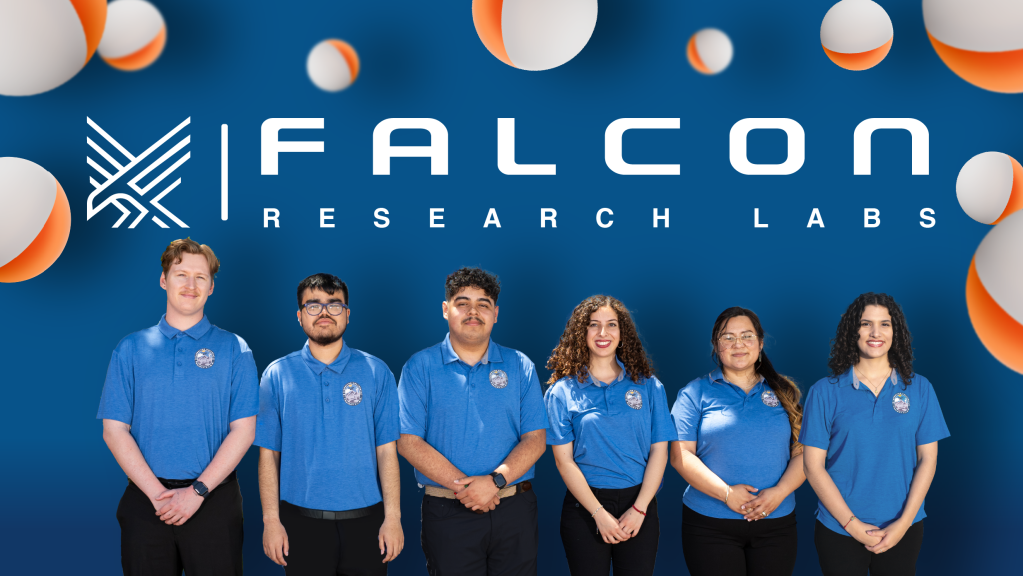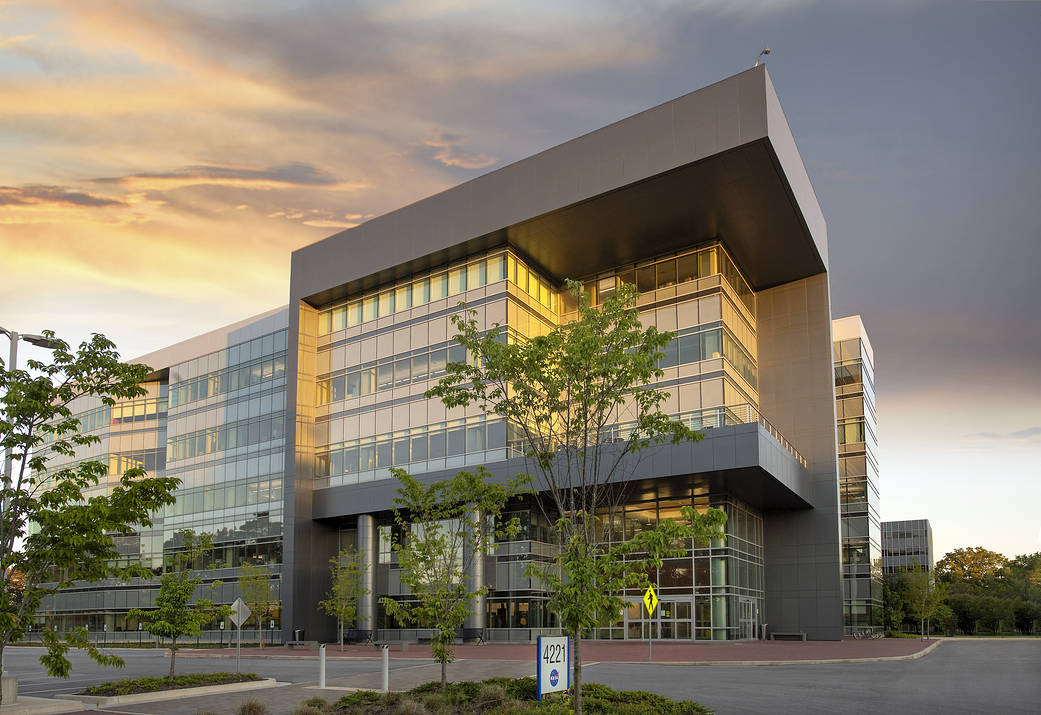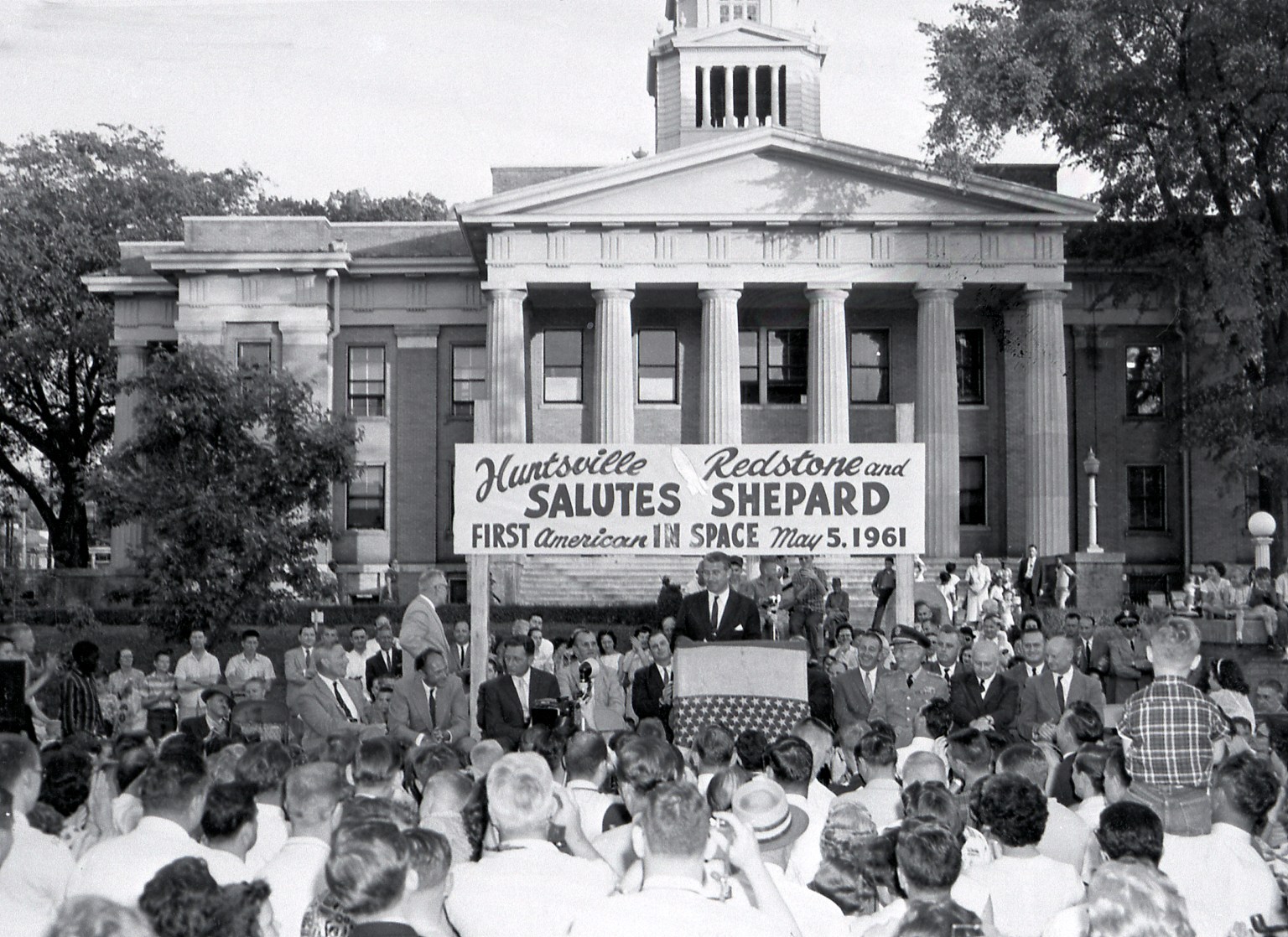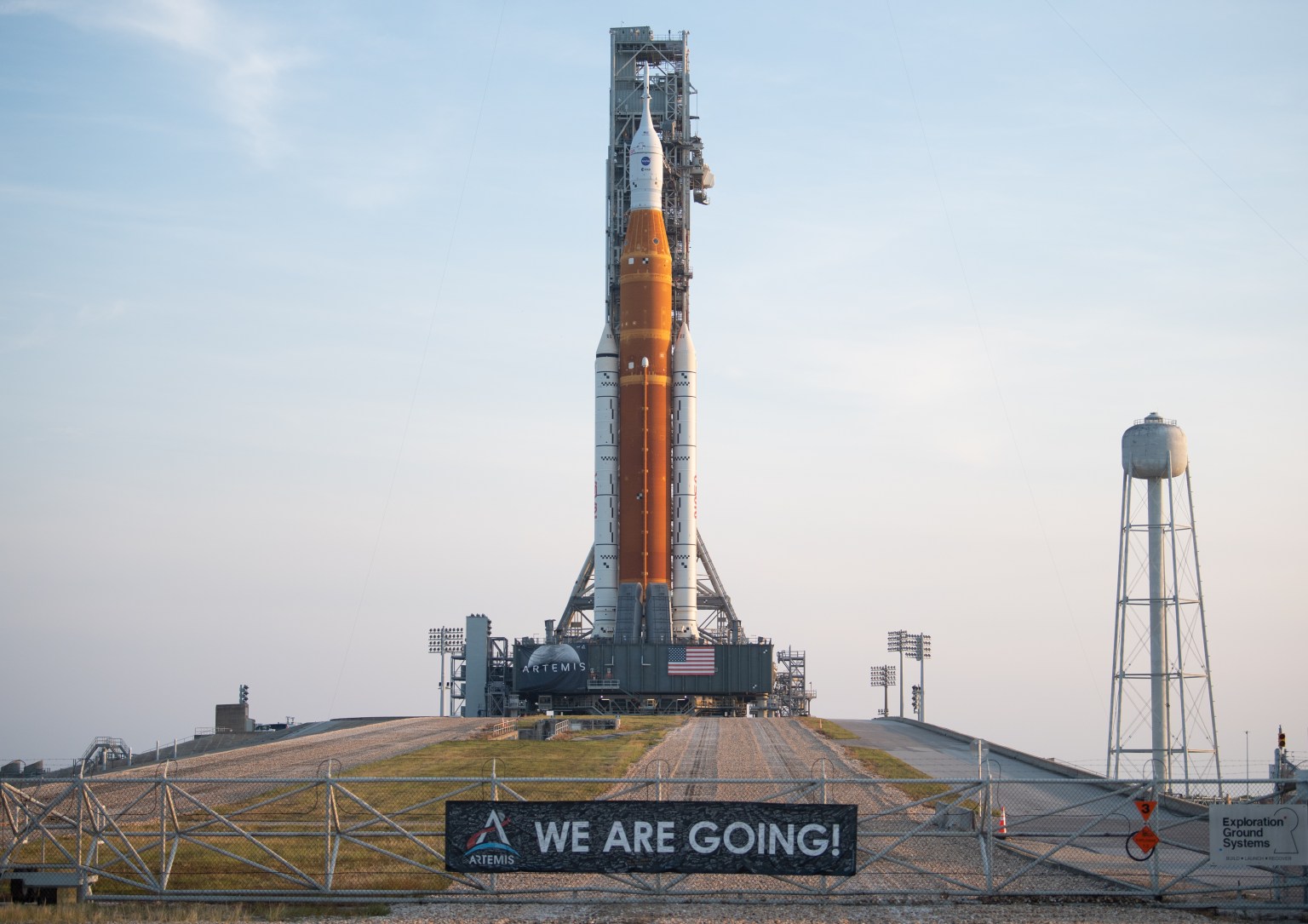The Foundational 1960s
Missions and Milestones, Decade by Decade
From its auspicious start as NASA’s lead center for propulsion systems and launch vehicle development, Marshall has carved a 65-year legacy of ingenuity and dedicated service to the U.S. space program. Primarily devoted to safely and successfully launching rockets serving the Mercury, Gemini, and Apollo programs, Marshall’s first decade saw the development, testing, and flights of the Mercury-Redstone rocket – which carried Alan Shepard, the first American astronaut, into space – and the Saturn I, Saturn IB, and Saturn V rockets, the last of which carried the first human explorers to the Moon.
Discover the 60s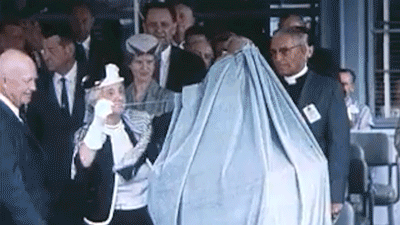
The Innovative 1970s
Missions and Milestones, Decade by Decade
The 1970s were a period of transition, expanded scientific study, and engineering innovation at Marshall, as NASA concluded the Apollo Program and the next great era of space exploration took shape. Marshall provided critical work on the first U.S. space station, Skylab, and led propulsion element development and testing for NASA’s newly proposed Space Shuttle Program. Marshall also oversaw development and testing of NASA’s Gravity Probe-A, Laser Geodynamic Satellite, and High Energy Astronomy.
Explore the 70s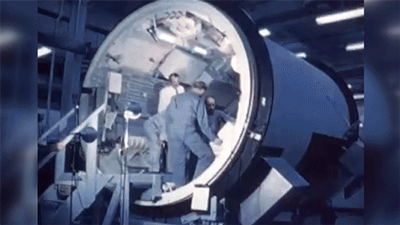
The Pioneering 1980s
Missions and Milestones, Decade by Decade
Space shuttle propulsion and Spacelab program science drove much of Marshall’s pioneering work in the 1980s, leading to the successful STS-1 shuttle mission in 1981 – ushering in three decades of science operations in low Earth orbit – and the first Spacelab science mission launch in 1983. Marshall also leveraged its expertise in microgravity science and engineering for ongoing development of two of the most sophisticated space telescopes and imagers ever built: the Hubble Space Telescope and the Chandra X-ray Observatory.
Enter the 80s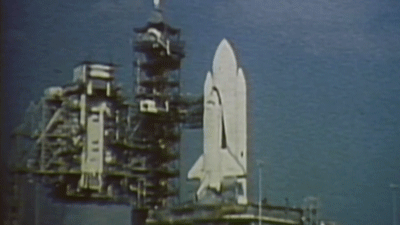
The Transformative 1990s
Missions and Milestones, Decade by Decade
The 1990s proved busier than ever, opening that year with the launch of the Hubble Space Telescope. Marshall supported a host of NASA missions, continued to refine space shuttle propulsion systems, and delivered the Chandra X-ray Observatory and the Burst and Transient Source Experiment (BATSE) instrument, both still in operation today. Marshall teams also opened a vital resource center for global hazardous weather studies, hosted the first “NASA Great Moonbuggy Race,” which continues today as the Human Exploration Rover Challenge, and built and delivered to space the first U.S. module for the International Space Station.
Travel to the 90s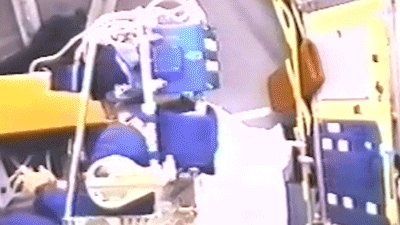
The Visionary 2000s
Missions and Milestones, Decade by Decade
The 2000s ushered in Marshall’s most diverse portfolio yet. The team led work on the International Space Station’s Destiny laboratory, its “backbone” truss, multipurpose science racks, and the versatile Microgravity Science Glovebox. Marshall also continued shuttle propulsion efforts to lift station elements to orbit and led round-the-clock payload oversight from the Payload Operations Integration Center. Marshall’s Earth and space science achievements also mounted, thanks to its leadership on the Gravity Probe B and Hinode missions, the Gamma Ray Burst Monitor space telescope, and the launch of NASA’s SERVIR geospatial observation and mapping system.
Remember the 00s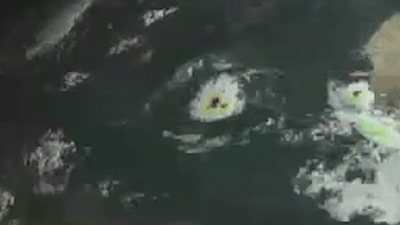
The Progressive 2010s
Missions and Milestones, Decade by Decade
With completion of primary International Space Station construction in the 2010s, Marshall concluded its 40-year propulsion oversight for the Space Shuttle Program and took on oversight of the Space Launch System, NASA’s mightiest launch vehicle to date, opening Michoud’s Vertical Assembly Center to expedite work for NASA’s Artemis program. Marshall engineers also conducted James Webb Space Telescope mirror testing, led new studies of the Sun’s photosphere and chromosphere, and delivered the Life Sciences Glovebox to the International Space Station.
Launch to the 10s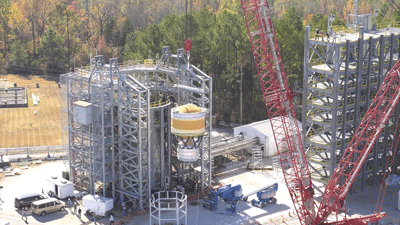
The Empowered 2020s – and Beyond
Missions and Milestones, Decade by Decade
Despite the challenges of the COVID pandemic, Marshall met the 2020s with the same enthusiasm and expertise its team has always embodied, overseeing the Space Launch System rocket booster test-firing in the Utah desert, the maiden voyage of the uncrewed SLS rocket during Artemis I, and continues preparations for the Artemis II crewed launch. Marshall also led the Imaging X-ray Polarimetry Explorer mission, cinched a record seventh win of the NASA Small Business Administrator’s Cup, and continues to advance the nation’s space science, engineering, and propulsion endeavors.
Travel to the 20s and Beyond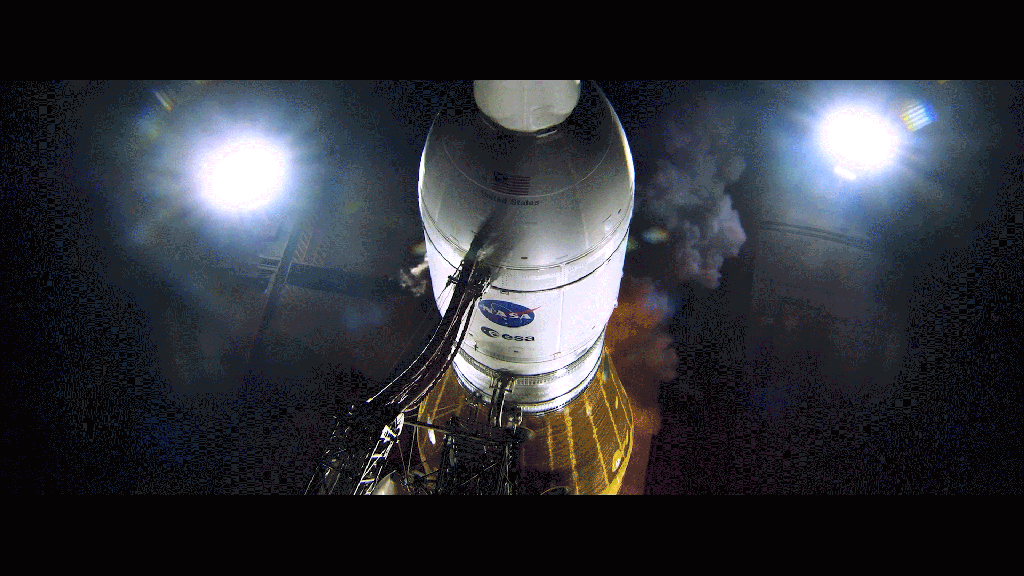
NASA Marshall Reflects on 65 Years of Ingenuity, Teamwork
NASA’s Marshall Space Flight Center in Huntsville, Alabama, is celebrating its 65-year legacy of ingenuity and service to the U.S. space…
Read the Story













